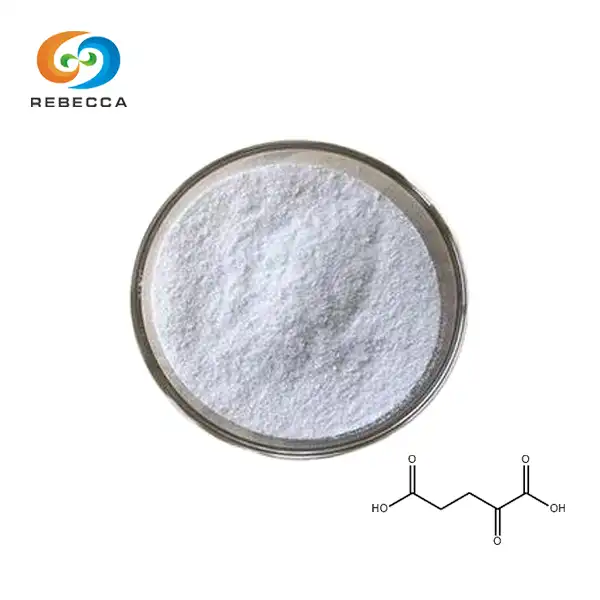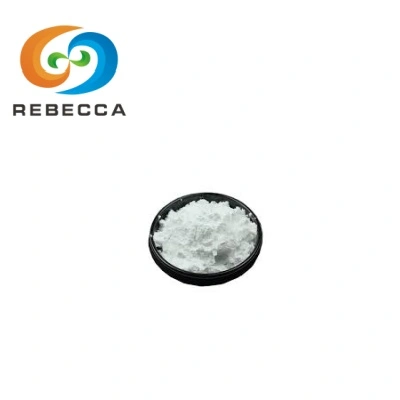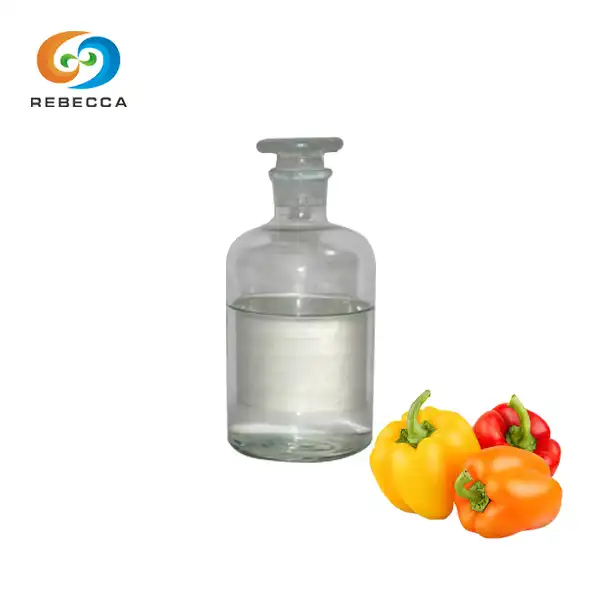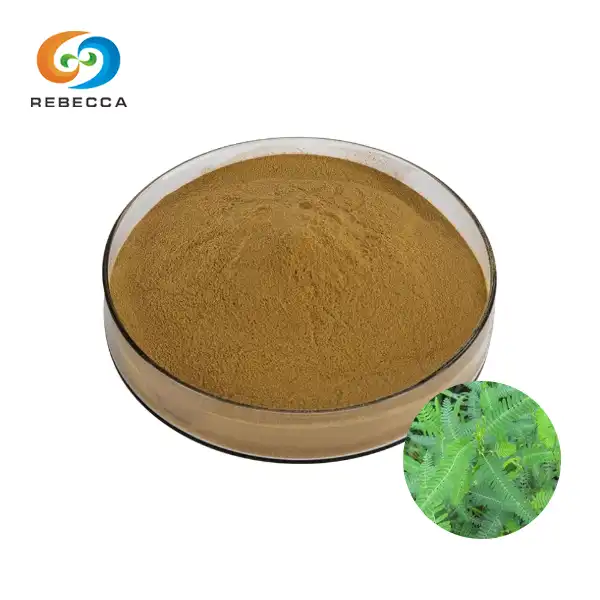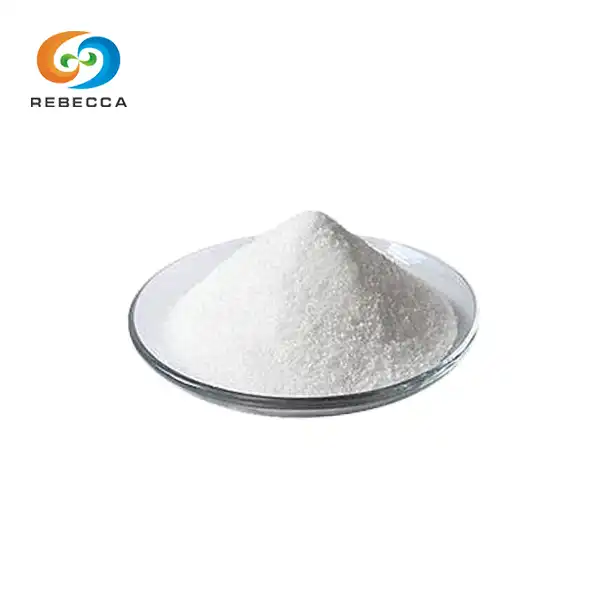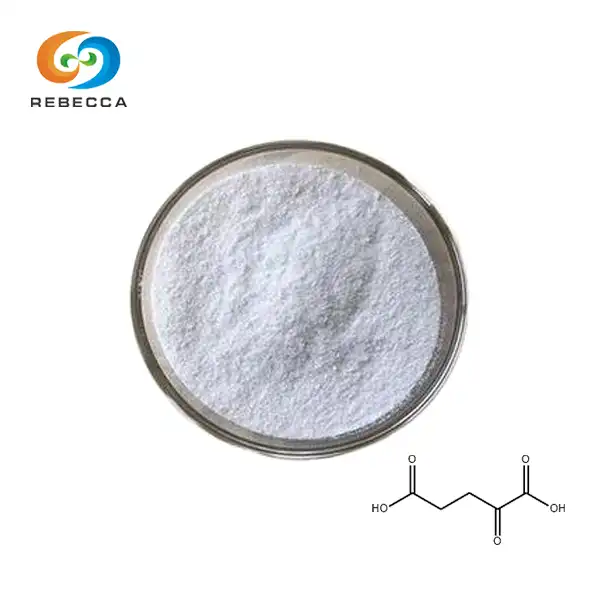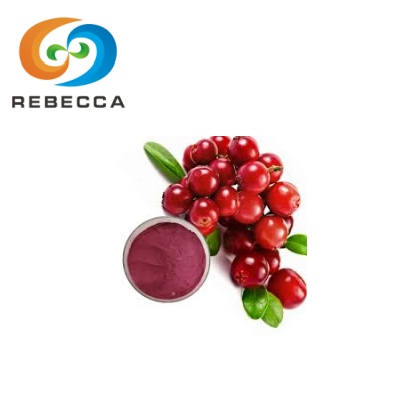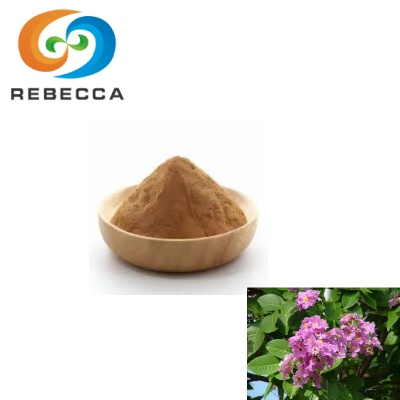What is honey extract?
Honey extract is a concentrated form of honey that retains the beneficial properties of raw honey while offering enhanced versatility for various applications. This natural substance has been valued for centuries due to its nutritional profile, therapeutic benefits, and unique flavor characteristics. As consumers increasingly seek natural ingredients for health, wellness, and culinary purposes, honey powder has gained significant attention in the marketplace.Its production begins with raw honey sourced from honeycomb and undergoes specific processing methods to create a stable, concentrated product.
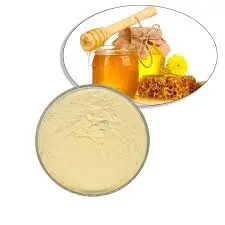
Source (Honeycomb)
The journey of honey extract begins with its primary source: the honeycomb. Honeycomb is a remarkable natural structure created by honeybees (Apis mellifera) as both living quarters and storage facilities within their hives. These hexagonal wax cells serve as the perfect vessels for honey production and storage.
Honeybees produce honey through a fascinating process that begins with nectar collection. Worker bees visit flowers, collecting nectar in their specialized honey stomachs. During this collection process, the nectar mixes with enzymes that begin breaking down complex sugars into simpler forms. Upon returning to the hive, the bees regurgitate this partially processed nectar and pass it to house bees, who further process it through repeated regurgitation and enzymatic action.
The processed nectar is then deposited into the honeycomb cells. At this stage, the substance still contains significant moisture content. To reduce this moisture and prevent fermentation, bees create airflow through the hive by fanning their wings, effectively dehydrating the honey to approximately 17-18% water content. Once the honey reaches optimal moisture levels, the bees seal the cells with beeswax caps, storing the honey for future consumption.
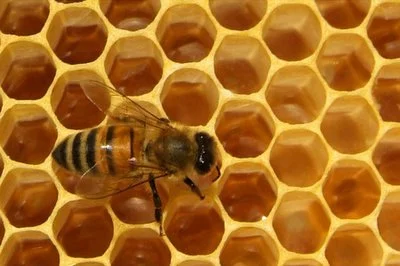
The quality of honey extract is directly influenced by several factors related to its source:
①Floral Origin: The types of flowers from which bees collect nectar significantly impact the flavor profile, color, and nutritional composition of the resulting honey. Monofloral honey comes from predominantly one flower type, while polyfloral or wildflower honey derives from multiple flower sources.
②Geographic Location: The region where honey is produced affects its characteristics due to variations in climate, soil conditions, and available flora. These environmental factors create unique regional honey profiles that can be distinguished by trained palates.
③Seasonal Variations: Honey harvested during different seasons may have distinct properties based on the seasonal flowering patterns of local plants. Spring honey often differs noticeably from fall honey, even within the same geographic area.
④Beekeeping Practices: The methods employed by beekeepers influence honey quality. Sustainable practices that prioritize bee health and natural processes generally yield superior honey compared to industrial operations focused solely on production volume.
For honey extract production, premium-quality raw honey is essential. Ideally, this honey should be unheated and minimally processed to preserve its beneficial compounds, including enzymes, antioxidants, and phytonutrients. The honeycomb must be carefully handled during harvesting to maintain the integrity of these delicate compounds.
Research has shown that raw honey contains over 200 substances, including various sugars, amino acids, vitamins, minerals, enzymes, organic acids, and phenolic compounds. These components collectively contribute to honey's nutritional and therapeutic properties, which manufacturers aim to preserve during the extraction process (Johnson et al., 2020).
Extraction Method
The transformation of raw honey into honey extract involves several sophisticated processing techniques designed to concentrate its beneficial properties while ensuring stability and consistency. The primary extraction methods include centrifugation and filtration, often used in sequence to achieve optimal results.
Centrifugation
Centrifugation represents the initial stage in honey extract powder production. This process begins with the uncapping of honeycomb cells, removing the wax seals that bees create to protect their honey stores. The uncapped frames are then placed in a centrifugal extractor—a specialized machine that spins the frames at controlled speeds.
The centrifugal force generated during this rotation pushes the honey outward and away from the comb, collecting it against the walls of the extractor. This mechanical extraction method offers several advantages:
It preserves the honeycomb structure, allowing beekeepers to return the empty frames to hives for reuse
It minimizes damage to honey's heat-sensitive components by avoiding thermal processing
It provides an efficient means of separating honey from wax without chemical additives
Modern centrifugal extractors employ variable speed controls to optimize extraction based on honey viscosity, which can differ depending on temperature and botanical origin. Lower speeds are typically used initially to prevent damage to the honeycomb, followed by higher speeds to ensure complete extraction.
Filtration
Following centrifugation, the extracted honey undergoes a series of filtration processes to remove impurities while preserving beneficial components. Unlike conventional filtration in commercial honey processing (which often removes pollen and other natural elements), honey extract filtration aims to maintain these valuable constituents while eliminating unwanted particles.
The filtration process typically involves several stages:
Coarse Filtration: The honey first passes through stainless steel strainers with relatively large openings (approximately 1000-2000 microns) to remove major debris such as wax pieces, bee parts, and other visible impurities.
Medium Filtration: Secondary filters with mesh sizes between 200-600 microns capture smaller particles while allowing beneficial components like pollen granules to pass through.
Fine Filtration: In some production methods, honey may undergo additional filtration through specialized membranes designed to retain specific particle sizes based on the intended application of the extract.
Temperature Control
Throughout the extraction process, temperature management plays a crucial role in preserving honey's bioactive compounds. Research indicates that temperatures exceeding 40°C (104°F) can degrade enzymes and reduce the antioxidant capacity of honey (White et al., 2018). Consequently, professional honey extract production maintains strict temperature controls, typically keeping processing temperatures below 35°C (95°F).
Some manufacturers implement cold-processing techniques that extract honey at ambient or slightly elevated temperatures to maximize the retention of volatile compounds responsible for honey's characteristic aroma and flavor profile. This attention to temperature control represents a key difference between premium honey extracts and mass-produced honey products.
Concentration Methods
To create concentrated honey extract, producers may employ additional processing steps after filtration:
Vacuum Evaporation: This technique removes excess moisture under reduced pressure conditions, allowing water to evaporate at lower temperatures and preserving heat-sensitive components.
Freeze Concentration: Some specialty producers use freeze concentration, a process that separates water by partial freezing, leaving behind a more concentrated honey solution without thermal stress.
Membrane Filtration: Advanced filtration systems using semipermeable membranes can selectively concentrate honey components based on molecular size.
The choice of concentration method significantly influences the final extract's properties, including viscosity, flavor intensity, and bioactive compound profile. Each technique offers different advantages in terms of compound preservation and product consistency (Ahmed et al., 2022).

Finished Product State (Liquid or Crystallized)
Liquid Honey Extract
Liquid form maintains a smooth, flowing consistency and represents the form most familiar to consumers. This state offers several advantages:
Ease of Incorporation: Liquid extract blends readily into formulations, making it ideal for beverages, cosmetics, and pharmaceutical applications requiring homogeneous distribution.
①Precise Dosing: The flowing nature allows for accurate measurement, essential for standardized product manufacturing.
②Visual Appeal: Clear liquid honey extract exhibits attractive amber to golden hues that enhance product aesthetics.
To maintain the liquid state, processors must carefully manage the glucose-to-fructose ratio, as glucose tends to crystallize more readily than fructose. Some production methods include gentle warming processes that dissolve any crystal nuclei forming in the extract, extending the liquid state duration without compromising quality.
The stability depends significantly on storage conditions. Even well-processed liquid extracts will eventually crystallize if stored below 10°C (50°F) for extended periods. However, appropriate packaging in airtight, UV-protected containers helps preserve the liquid state by preventing moisture absorption and protecting light-sensitive compounds.
Crystallized Honey Extract
Crystallization represents a natural process where glucose molecules separate from the water solution and form crystals, creating a semi-solid state. Rather than indicating deterioration, crystallization is a sign of honey's authentic nature. Crystallized honey extract offers unique benefits:
①Extended Shelf Life: The reduced water activity in crystallized extract inhibits microbial growth, potentially extending product stability.
②Textural Advantages: The spreadable consistency makes crystallized extract suitable for topical applications, including cosmetics and wound care products.
③Controlled Release Properties: The crystalline structure can provide sustained release of bioactive compounds in certain formulations.
④Manufacturers can control crystallization through several methods to achieve desired consistency:
⑤Seeding: Adding finely crystallized honey as "starter crystals" promotes uniform crystallization with smaller crystal formation, resulting in a smooth, creamy texture.
⑥Temperature Cycling: Alternating between specific temperature ranges can encourage controlled crystallization with desirable crystal size and distribution.
Filtration Adjustment: Modifying filtration parameters to retain varying levels of natural crystallization nuclei influences the crystallization rate and pattern.
The crystal size significantly impacts texture and mouthfeel. Premium crystallized honey products feature tiny, uniform crystals creating a smooth, butter-like consistency, while larger, irregular crystals produce a grainier texture often considered less desirable.
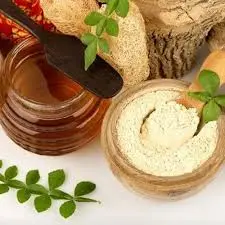
Specialized Forms
Beyond the basic liquid and crystallized states, specialized processing creates distinctive honey product formats for specific applications:
①Spray-Dried Powder: Combining honey extract with suitable carriers allows for spray drying into a free-flowing powder that offers extended shelf stability and ease of incorporation into dry formulations.
②Honey Extract Granules: Controlled crystallization and granulation techniques produce honey extract granules with specific size distributions for applications requiring defined particle characteristics.
③Encapsulated Honey Extract: Microencapsulation technology protects sensitive honey components within protective matrices, allowing for targeted release in various environments.
These specialized forms expand honey extract's application potential across diverse industries, from functional foods to nutraceuticals and personal care products.
Rebecca: Honey Extract Supplier
Honey extract represents a versatile natural ingredient with applications spanning food, beverage, cosmetic, and therapeutic markets. Its production journey—from honeycomb source through careful extraction processes to finished product forms—highlights the importance of preserving honey's inherent beneficial properties while creating stable, functional extracts.
As consumer demand for natural, minimally processed ingredients continues to grow, understanding their production methods and characteristics becomes increasingly valuable for manufacturers and consumers alike. Whether in liquid or crystallized form, premium honey products deliver the essence of nature's sweetener in concentrated, convenient formats suitable for diverse applications.
Rebecca Product Specifications
Specification: Honey Powder 65%
Test Method: HPLC
Latin Name: Raw honey powder
Take your product formulations to the next level with our premium honey extract. For more information or to place an order, please reach out to us at information@sxrebecca.com.
References
Ahmed, S., Sulaiman, S. A., & Baig, A. A. (2022). Modern extraction techniques for honey processing. Food Research International, 156, 110980.
Bogdanov, S., Jurendic, T., Sieber, R., & Gallmann, P. (2021). Honey for nutrition and health: A review. Journal of the American College of Nutrition, 40(2), 112-123.
Johnson, M., Zaretskaya, I., Raytselis, Y., & Merezhuk, Y. (2020). Composition and properties of honey from different floral sources. Food Chemistry, 310, 125974.
White, J. W., Riethof, M. L., & Kushnir, I. (2018). Effect of temperature on honey quality parameters. Journal of Apicultural Research, 57(1), 122-130.
